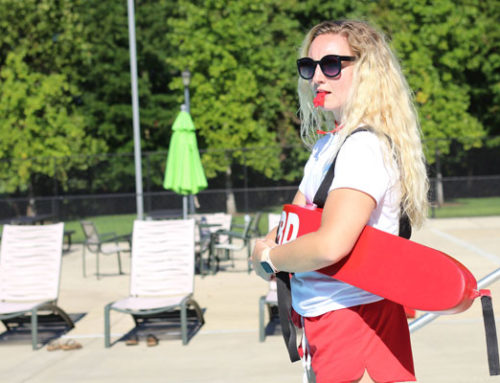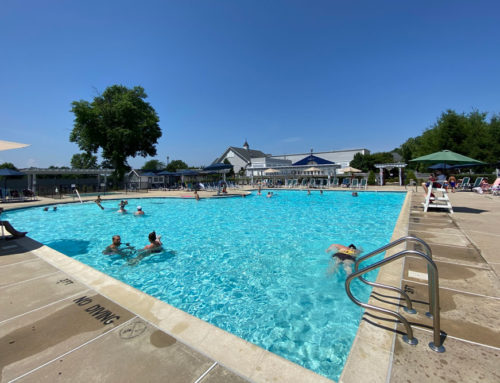After months of construction, your pool is finally ready to open its doors to the public. You’ve spent hours poring over every last detail of your facility, from the tiles and diving boards, to the filtration system and the fabric of the towels. Pool management can seem like a never-ending fight between you and a million small problems, but regardless of all the work you do on your facility, a single misstep can send each of your patrons running for the door.
Water temperature is a hotly contested topic in the pool management world. While some like it hot, others prefer a cool surface temperature for certain activities. Whatever your personal preference may be, picking the right temperature for your pool requires pinpointing the kind of facility you want to run in the first place.
Keep it cool for competitions
In most cases, pools should be comfortable, and the average patron will agree with this. However, there are times where swimmers aren’t interested in how the water feels. Instead, they’re interested in going as fast as humanly possible.
Athletes require different conditions than the average participant, and the same holds true for swimming. According to USA Swimming, competitive swimmers are one of the few categories of people that require pools with cooler water. Temperatures equal to or lesser than 82 degrees are generally cold enough for athletes. Any warmer, and swimmers may overheat in the water and their performance may suffer.
Temperatures in the low 80s and high 70s are also recommended for adult aerobic lap swimming and any other high intensity water exercises.
Warm it up for beginners
Most pools across the country rest between 86 and 88 degrees, and the United States Water Fitness Association explained that this is the temperature that most people find comfortable when first learning how to swim. Some age groups may benefit from slightly more targeted temperature ranges, such as 3- to 5-year-olds at 86 to 90 degrees and 6- to 13-year-olds at 84 to 86 degrees, but no serious injuries will result from a pool that hovers around the high 80s.
This temperature is also perfect for recreational swimming activities, synchronized swimming, diving, water walking and low-intensity lap swimming. More people in the water usually means that overall temperatures will rise, so the wiggle room afforded by a pool in the low 80s means that pool management can accommodate large crowds without coming close to the 95 degree limit recommended by USA Swimming.
You should also note that water and air temperature are two sides of the patron safety coin. Activities that cause swimmers to breathe harder require cooler air, and a pool between 86 and 88 degrees should never have air higher than 84 degrees around it. Slightly lower air temperatures don’t cause immediate problems either.
Higher temperatures are therapeutic
If cooler pools are better suited for high-intensity activities, pool management should crank the heat for patrons who just like to dip their toes in or cruise around on an inflatable tube. While pools should be never above 95 degrees, anywhere in the 90-92 degree range creates a comfortable, yet therapeutically warm environment for older swimmers or infants and toddlers learning how to swim.
If your facility runs Ai-chi, Watsu or any other form of aquatic therapy, your pool water should be somewhere in the low 90s. Higher temperatures stimulate blood flow to the muscles and can reduce joint pain, so don’t be shy about turning the thermostat up when your older patrons begin to arrive for their water aerobics class.
Find the sweet spot
Odds are that your facility hosts more than just one of the above types of swimming activities, and it can’t be very cost-effective to be messing around with the thermostat all day. Is there a single temperature that you can set your pool at to keep every type of swimmer happy?
According to the Washington Post, that answer is yes – 85 degrees. Donny Wensinger, manager of Virginia’s Great Waves Waterpark, told the news source that 2014’s mild summer caused him to experiment with his temperatures. Above 85 degrees, Wensigner had packed parking lots, long lines and crowded pools. Below that number, the people disappeared.
Whatever temperature you set your pool at, make sure it fits the activities your swimmers have planned.






